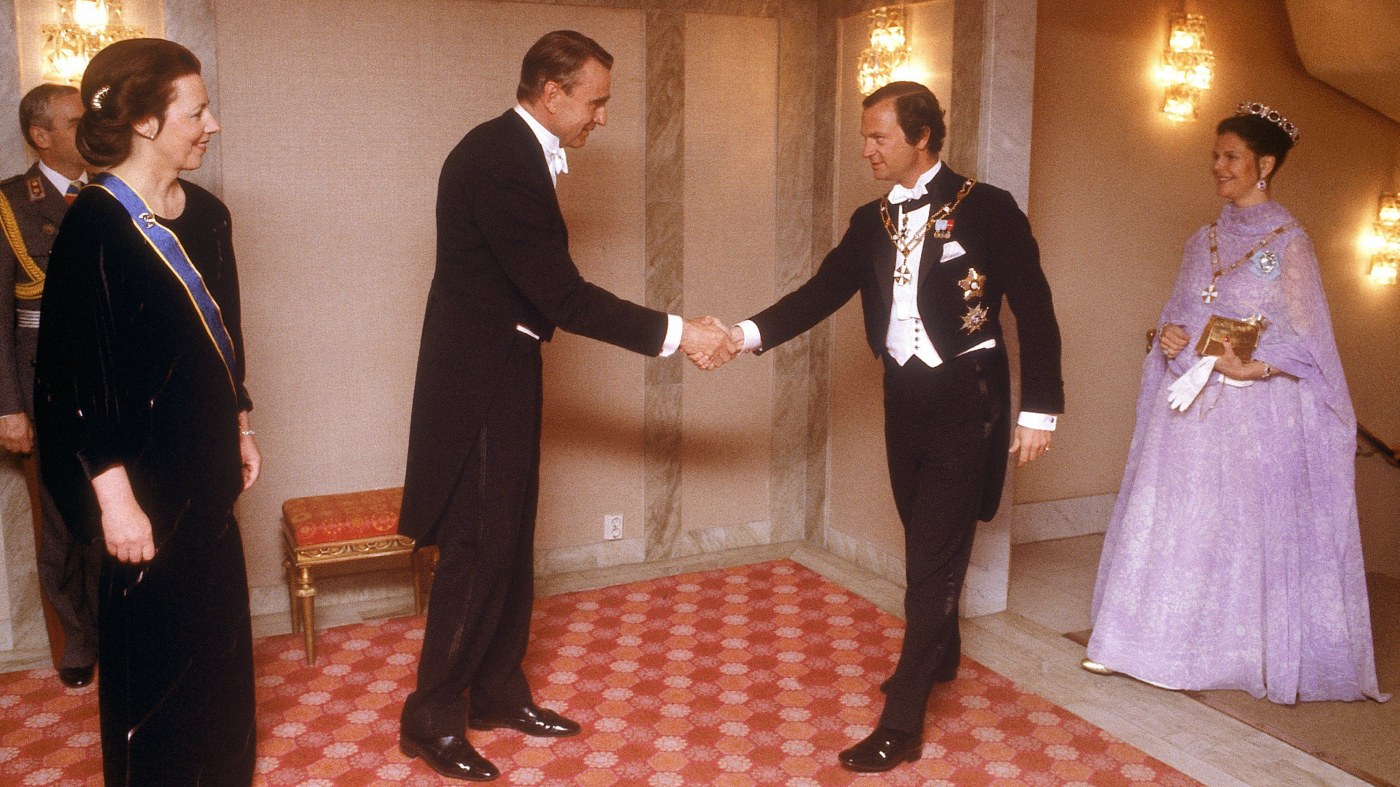

After Kekkonen's presidency, the reform of the Constitution of Finland was initiated by his successors to increase the power of the Parliament and the prime minister at the expense of the president.īefore becoming president (and either prior to or during his premierships) Kekkonen served as minister of foreign affairs (1952–53, 1954), speaker of the Finnish Parliament (1948–50), minister of justice (1936–37, 1944–46, 1951) and minister of the interior (1937–1939, 1950–1951). On the other hand, his perceived hunger for power, his divide-and-rule attitude in domestic politics and the lack of genuine political opposition, especially during the latter part of his presidency, significantly weakened Finnish democracy during his presidency.

He is credited by Finnish historians for his foreign and trade policies, which allowed Finland's market economy to keep pace with Western Europe even with the Soviet Union as a neighbor, and for Finland to gradually take part in the European integration process. He hosted the Conference on Security and Co-operation in Europe in Helsinki in 1975 and was considered a potential candidate for the Nobel Peace Prize that year. Critical commentators referred to this policy of appeasement pejoratively as Finlandization. Nevertheless, he remains a respected figure.Īs president, Kekkonen continued the "active neutrality" policy of his predecessor President Juho Kusti Paasikivi that came to be known as the Paasikivi–Kekkonen doctrine, under which Finland retained its independence while maintaining good relations and extensive trade with members of both NATO and the Warsaw Pact. Holding a large amount of power, he won his later elections with little opposition and has often been classified as an autocrat. Head of state for nearly 26 years, he dominated Finnish politics for 31 years overall. He was the third and most recent president from the Agrarian League/Centre Party. He also served as prime minister (1950–53, 1954–56), and held various other cabinet positions. It often pays off, even if you wouldn’t have believed” it would, he said.Urho Kaleva Kekkonen ( pronounced ( listen) 3 September 1900 – 31 August 1986), often referred to by his initials UKK, was a Finnish politician who served as the eighth and longest-serving president of Finland from 1956 to 1982. “In life, it is generally wise to trust that everything will go well. In his last interview four years ago, Koivisto was asked by the Helsingin Sanomat newspaper to summarize what he viewed as important in life. In a statement Saturday, President Sauli Niinisto described Koivisto as a leader in “the generation that took part in wars and following rebuilding, and which guided Finland to the path of current success and well-being.” He also maintained strong ties with Bush’s predecessor, Ronald Reagan. Bush as Europe began in the late 1980s to witness the beginning of the end of communism. Koivisto is also broadly acknowledged for building strong ties with the last Soviet president, Mikhail Gorbachev, while also establishing rapport with U.S.


Koivisto is widely credited as president with strengthening the role of parliament, after his nationalist predecessor consolidated much political power within the office of the presidency. He earlier served twice as prime minister, from 1968 to 19 to 1982. The son of a ship’s carpenter, Koivisto, a Social Democrat, served two six-year presidential terms between 19, a tumultuous period that followed the 25-year presidential reign of Urho Kekkonen. Koivisto’s wife, Tellervo, said earlier this year that he suffered from Alzheimer’s disease. The office of the Finnish presidency announced the death early Saturday. Former President Mauno Koivisto, who in the 1980s and 1990s guided Finland from the shadow of the crumbling Soviet Union and into the European Union, has died at a hospital in Helsinki.


 0 kommentar(er)
0 kommentar(er)
